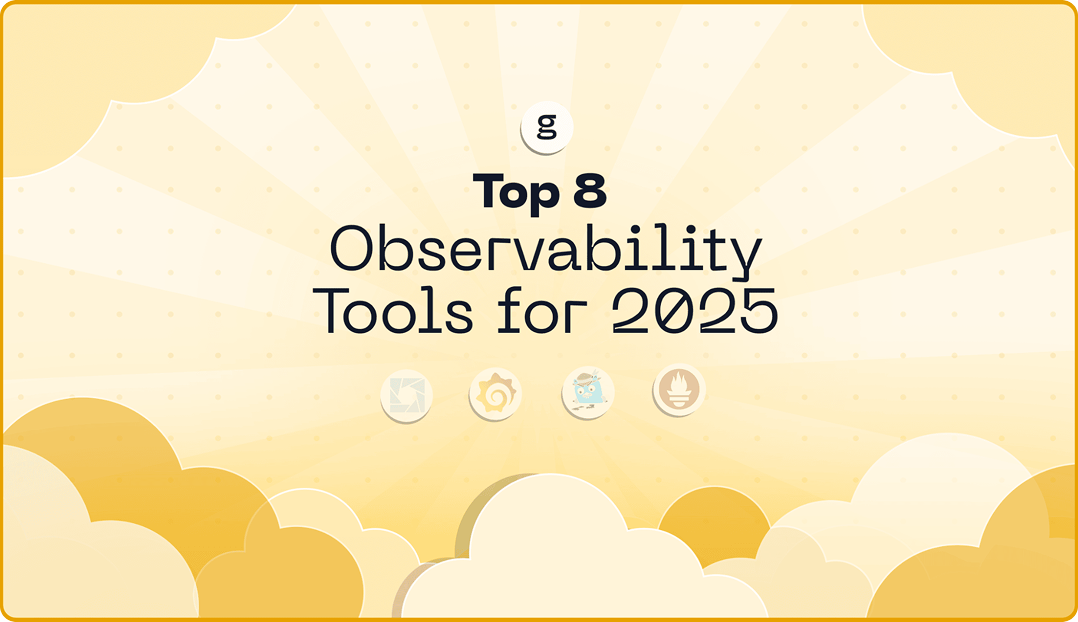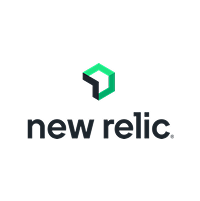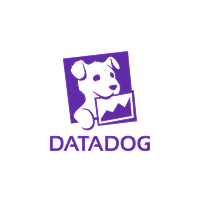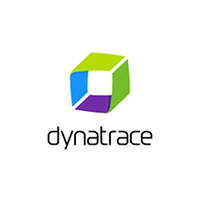New Relic vs. Grafana Cloud
Compare New Relic vs. Grafana Cloud for Observability. We want you to choose the most suitable tool for your use case, even if it’s not us.
As cloud-native environments continue to grow in complexity, observability has become essential for ensuring the reliability, performance, and scalability of modern applications. From monitoring infrastructure health, enabling deep visibility into distributed systems, or getting real-time insights into reasoning paths, token usage of LLM Agentic applications. However, traditional vendors sliced visibility into separate products (APM, Log Management, Infrastructure Monitoring, LLM Observability) and priced them in ways that forced tradeoffs making it important for team to choosing the right observability platform is critical to operational success.
The right choice depends on your priorities: cost, control, scale, and flexibility. In the following sections, we’ll compare both platforms to help you determine which best fits your needs, even if the answer isn’t us.
New Relic vs. Grafana Cloud at a glance
New Relic vs. Grafana Cloud at a glance
New Relic vs. Grafana Cloud at a glance
New Relic overview
New Relic is a cloud-based observability platform that collects and analyzes telemetry data — including metrics, events, logs, and traces — across applications and infrastructure. It provides a full-stack view of digital systems with capabilities such as application performance monitoring (APM), infrastructure monitoring, synthetic monitoring, and customizable dashboards. The platform uses a single data model to unify telemetry, helping teams identify performance bottlenecks, trace dependencies, and resolve issues faster. New Relic also incorporates AI-driven insights for anomaly detection and predictive analysis, and supports real-time alerts to reduce mean time to resolution (MTTR). Its usage-based pricing model allows organizations to pay for the data they ingest, rather than committing to fixed tiers. New Relic is used by engineering teams to monitor application health, troubleshoot issues, and align observability data with business and operational outcomes.
Grafana Cloud overview
Grafana Cloud is a fully managed observability platform that brings together metrics, logs, and traces using open-source projects such as Grafana, Prometheus, Loki, Tempo, and Mimir. It provides dashboards, alerting, and analytics in a single hosted service, removing the need for teams to deploy and manage their own observability stack. The platform supports infrastructure, application, and Kubernetes monitoring, with prebuilt dashboards and integrations for more than 100 external data sources. Additional capabilities include performance testing with Grafana k6, incident management with Grafana Incident and Grafana OnCall, and AI-powered features like anomaly detection and metric forecasting. Grafana Cloud is used by teams that want to standardize on open-source observability tools while offloading the operational overhead of running them at scale.













.svg)